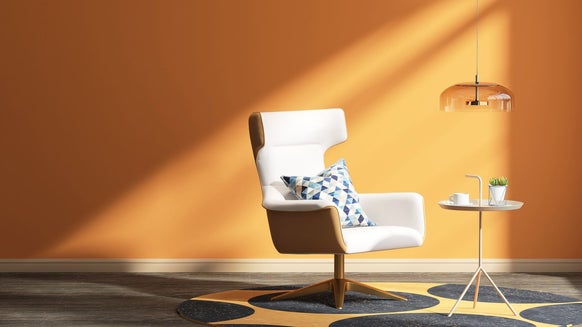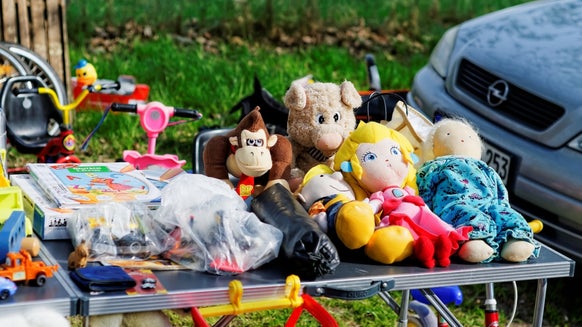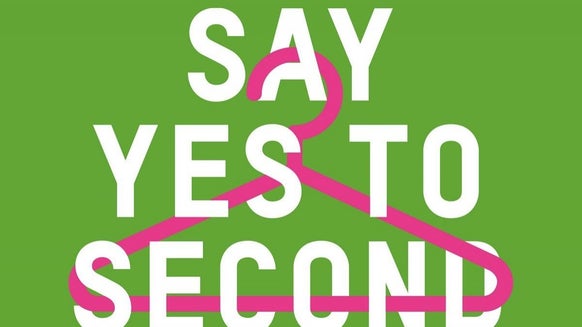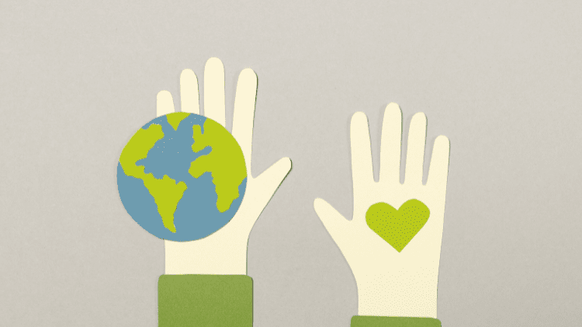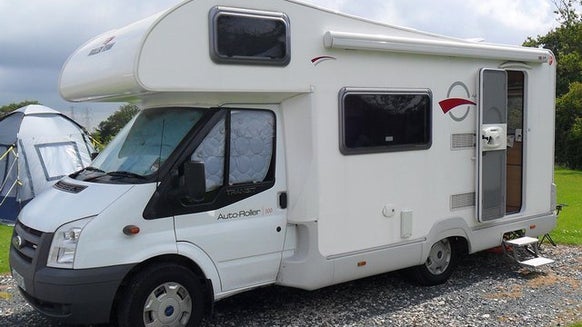Green Cleaning: an eco-friendly way of living
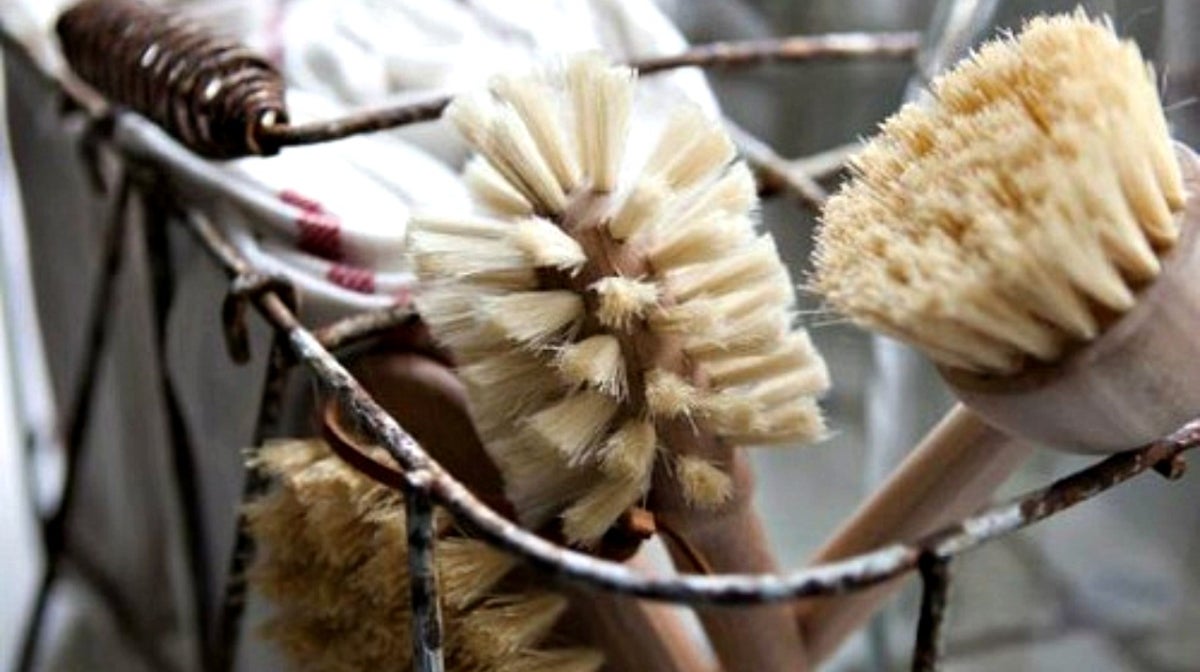
Does your home have a cleaning product for every room and surface? Do you all but have an asthma attack when it’s time to use the bleach? Do you wonder whether the products you pour down the drain and the sponges you throw out affect the environment? If you have answered yes to any of those questions, we think this article might be of help!
Home is not as safe as we may think
According to The NewScientist, there is “increasing evidence that the chemical mixtures we use to clean our homes create indoor pollution.” Anne Stenemann, from the University of Melbourne, added that “most of our exposure to hazardous pollutants occurs indoors, and a primary source of these pollutants is our every-day consumer products.” In fact, the law does not require household products to list their ingredients. These are air fresheners, soaps, laundry detergents and cleaning products. A little concerning.
While initiatives such as the UK government's ban on microbeads is a positive step, the consumer still needs to do their research, as there is no obligation to label their presence and it's not always possible to tell if a polymer listed is in solid, gel or liquid form. Dr David Santillo, a senior scientist from Exeter University with 15 years experience in developing policies for environmental protection, states that "there has been a tendency over time for formulations to become more and more complex, including fillers, colours, stabilisers, preservatives, fragrances and added 'functionality'. This is just adding to the coverall complexity of chemical exposure we all face every day, in many cases there is almost certainly no need for such complex chemical mixtures to be used for simple cleaning jobs" thus highlighting that simplifying our cleaning products stash and looking for greener alternatives is the way forward.
Cue the term Green Cleaning
The UK Cleaning Products Industry Association (UKCPI) defines green cleaning as “cleaning in a way that is not just safe for people and safe for the environment, but that is also sustainable in the long term”. There are companies popping up such as Method and Ecover which pride themselves on being ecological and are made with naturally derived ingredients. However, you can go one step further. We already have household items which are safe and have been used in British homes to keep our living environments clean.
Upon asking Dr. Santillo if we should have a different product for every cleaning activity, his reply was a wholehearted "absolutely not". He explains that we are being sold a concept, often in a range of different plastic spray bottles and at a considerable cost; and yet we don't really need such specialism of chemical products.
Where to start?
As with everything, you don’t need to throw out what you currently have and buy in new products. Start slow. Why not begin with the cloths and brushes? Wet wipes particularly are used and thrown away to the extent that they are appearing on our beaches. What did we use prior to wipes? Flannels; which we then washed and reused. So, why not cut up old towels to use as kitchen towel? When you cotton t-shirt doesn’t fit anymore or has a hole, add it to the cleaning box to wipe down surfaces, the toil or the bath. If you need to replace a sheet, use it to clean the windows. There’s no need to go out and stock up on cloths.
The kitchen sponge is a hotbed for bacteria and is made of artificial materials such as Polyurethane, a petroleum-based ingredient; i.e. plastic. So, what types of things can you use to wash the dishes? Why not opt for a wooden dish brush? Or a dish cloth. Unless there is food stuck on the plate or pan, you won’t need the scrubbing bit of the sponge, and if you do, keep a scourer for those occasions.
Other items you can eventually swap are: a bottle brush (wood, metal and natural fibers), crocheted make up remover pads, an old toothbrush for nooks and crannies, a broom with natural bristles and a metal dustpan with (you guessed it) a wooden brush with natural fibers.
Wipes, specifically antibacterial wipes, are a staple in the majority of households, yet is their single use justified? Santillo reminds us that cleaning surfaces constantly with antibacterial wipes or sprays "might eventually lead to increased resistance of some pathogens, and to less low-level exposure and immune-system boosting for us." It's not a question of poor hygiene, but a more balanced and healthy approach to cleaning.
DIY Cleaning products
The best way to avoid the need to harsh chemicals is to avoid the build-up of dirt by wiping down surfaces that see the most activity – that is the bathroom and the kitchen. To carry a more environmentally friendly household in general there are a couple of things you can do. For example, by placing a door mat you will ensure that the majority of dirt from the outside will stay outside. Always try to load a full wash when using the washing machine; and a 30°C cycle is plenty for most washes.
Among the ingredients you will have most likely heard are traditional household cleaners such as white vinegar, bicarbonate of soda, club soda and lemon. You can easily make an all-purpose cleaner to wipe down tiles, mirrors, worktops and appliances. Simply fill ⅓ of a spray bottle with white vinegar and top up with cold water. Voilà.
Dr Santillo adds that there is "plenty of anecdotal evidence that such simple products are just as effective, and of course many of them were used for generations before the more convenient and job-specified products came into the shops. I would suggest that people just try these alternatives and see for themselves, and if they are happy then encourage others."
There are many recipes out there on how to make more a more heavy duty cleaning spray. Rachelle Strauss, author of Household Cleaning from the Self-Sufficiency series published by New Holland, swears by the following:
- In a 500ml spray bottle mix 30ml of white vinegar.
- Add 1 teaspoon of Borax.
- 450ml hot water and shake.
- Add ½ teaspoon of liquid castile soap.
- And an optional 5 drops of essential oils.
- Shake well before use.
If you are after an antibacterial cleaner, we have found a recipe that includes a large grapefruit, white vinegar and tea tree oil. That is all.
Finally, for sinks, bathtubs and the like, what you want is a cream cleaner that brings out the shine. Once again, Strauss recommends using a container with a lid; add 90g of bicarbonate of soda, 115ml of liquid castile soap and 6 drops of essential oil.


